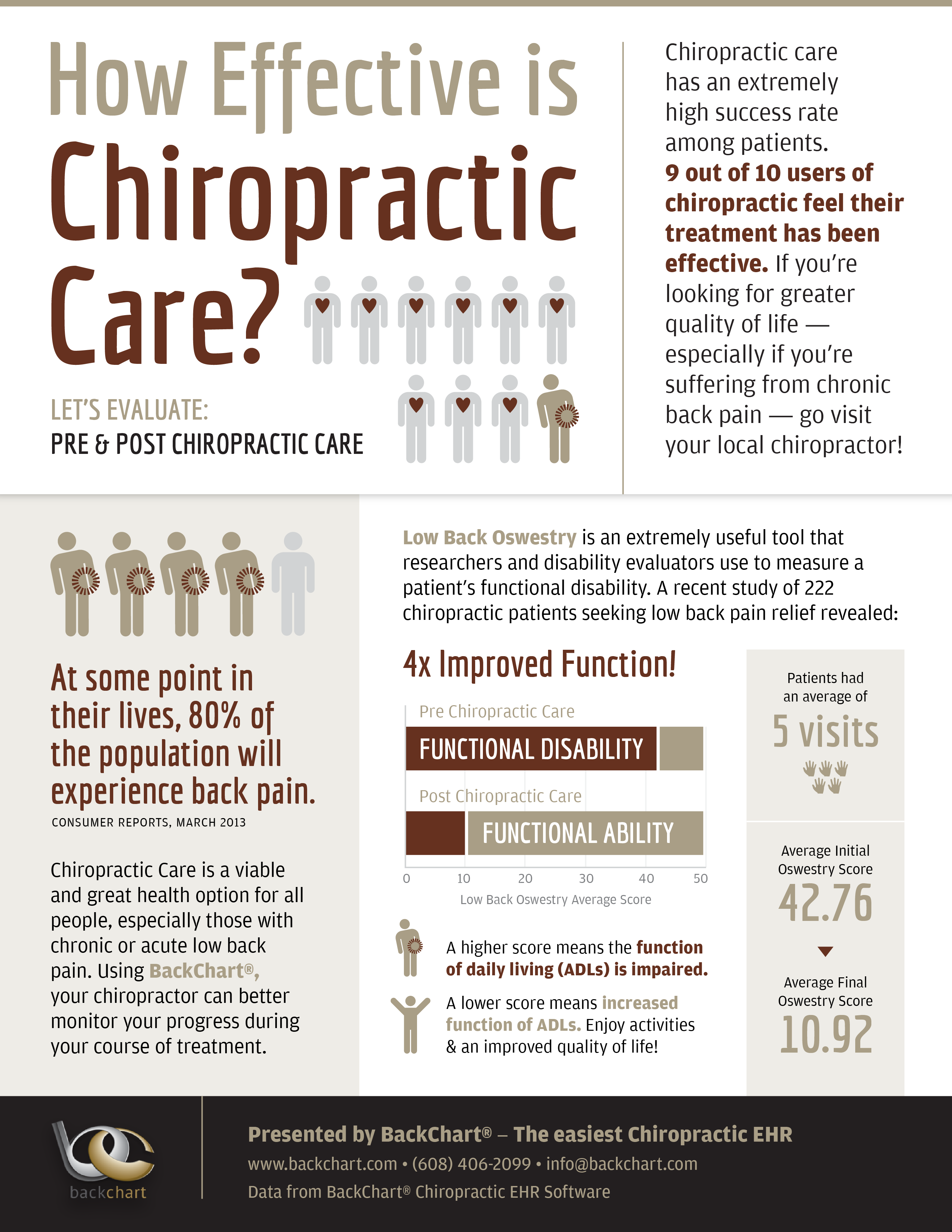Daily Practices That Cause Pain In The Back And Methods For Avoidance
Daily Practices That Cause Pain In The Back And Methods For Avoidance
Blog Article
Created By-Hermansen Svenningsen
Maintaining appropriate posture and preventing common risks in daily activities can substantially influence your back wellness. From exactly how you sit at your desk to just how you raise hefty things, tiny modifications can make a huge difference. Think of a day without the nagging back pain that impedes your every relocation; the service could be less complex than you think. By making a couple of tweaks to your day-to-day behaviors, you could be on your way to a pain-free presence.
Poor Stance and Sedentary Way Of Life
Poor position and a sedentary way of life are two major contributors to neck and back pain. When you slouch or hunch over while sitting or standing, you put unnecessary pressure on your back muscles and spinal column. This can bring about muscle discrepancies, tension, and ultimately, chronic neck and back pain. Additionally, sitting for long periods without breaks or exercise can weaken your back muscular tissues and bring about stiffness and discomfort.
To fight bad position, make a conscious initiative to sit and stand up right with your shoulders back and straightened with your ears. Keep in mind to maintain your feet flat on the ground and prevent crossing your legs for extensive periods.
Including regular stretching and enhancing exercises into your daily routine can additionally aid enhance your position and minimize neck and back pain associated with a sedentary way of life.
Incorrect Lifting Techniques
Incorrect training methods can significantly contribute to back pain and injuries. When you raise hefty items, keep in mind to bend your knees and use your legs to lift, instead of relying upon your back muscles. Stay clear of twisting your body while lifting and maintain the object close to your body to minimize stress on your back. https://www.verywellhealth.com/sciatica-in-pregnancy-5186003 to maintain a straight back and avoid rounding your shoulders while lifting to avoid unneeded pressure on your back.
Always analyze chelation therapy near me of the item prior to raising it. If it's also heavy, ask for assistance or use devices like a dolly or cart to transport it safely.
Keep in mind to take breaks throughout raising tasks to provide your back muscle mass a chance to rest and prevent overexertion. By executing appropriate lifting methods, you can avoid back pain and reduce the danger of injuries, guaranteeing your back remains healthy and solid for the long term.
Absence of Normal Exercise and Stretching
A sedentary lifestyle devoid of regular workout and stretching can dramatically add to back pain and pain. When you don't participate in exercise, your muscle mass come to be weak and inflexible, causing bad pose and increased stress on your back. Routine workout helps enhance the muscles that support your back, enhancing security and decreasing the risk of pain in the back. Integrating extending into your routine can likewise improve flexibility, preventing stiffness and pain in your back muscular tissues.
To prevent pain in the back brought on by an absence of exercise and stretching, go for at the very least half an hour of moderate physical activity most days of the week. Consist of exercises that target your core muscles, as a strong core can assist minimize stress on your back.
In addition, take breaks to stretch and move throughout the day, particularly if you have a workdesk task. Easy stretches like touching your toes or doing shoulder rolls can help alleviate tension and protect against neck and back pain. Prioritizing normal exercise and stretching can go a long way in keeping a healthy back and lowering pain.
Conclusion
So, bear in mind to stay up straight, lift with your legs, and remain energetic to avoid pain in the back. By making straightforward modifications to your daily routines, you can stay clear of the discomfort and constraints that come with neck and back pain. Take care of your spinal column and muscular tissues by practicing good pose, appropriate training methods, and normal exercise. Your back will thank you for it!
